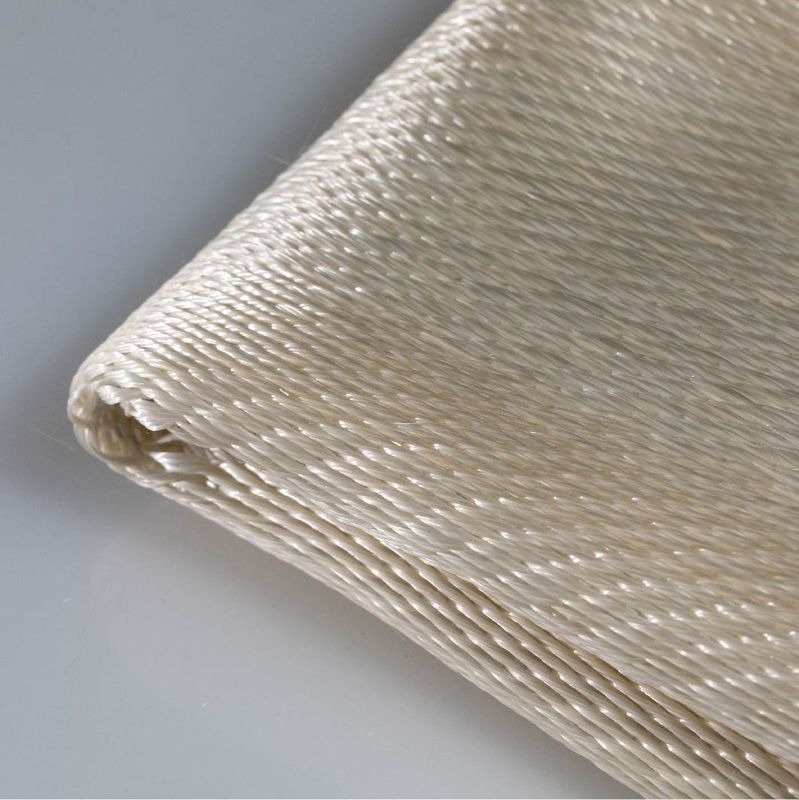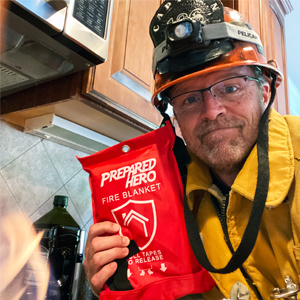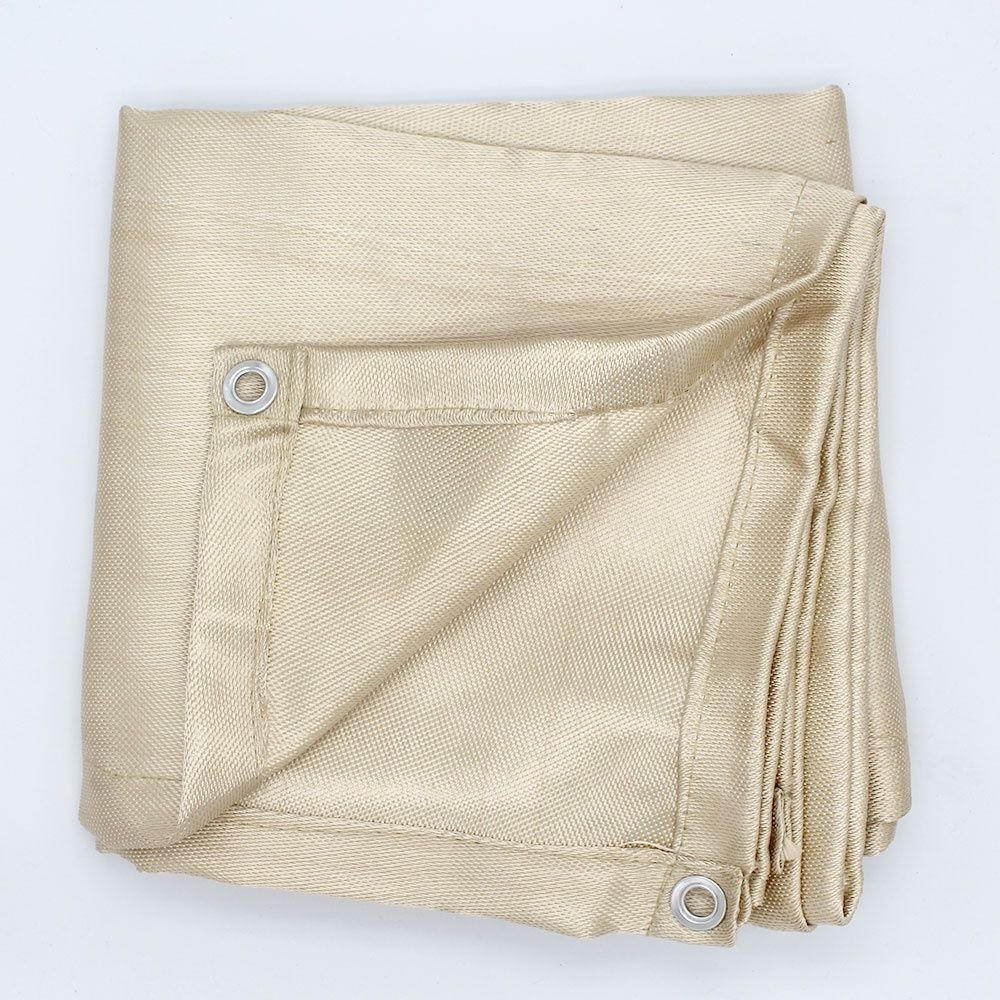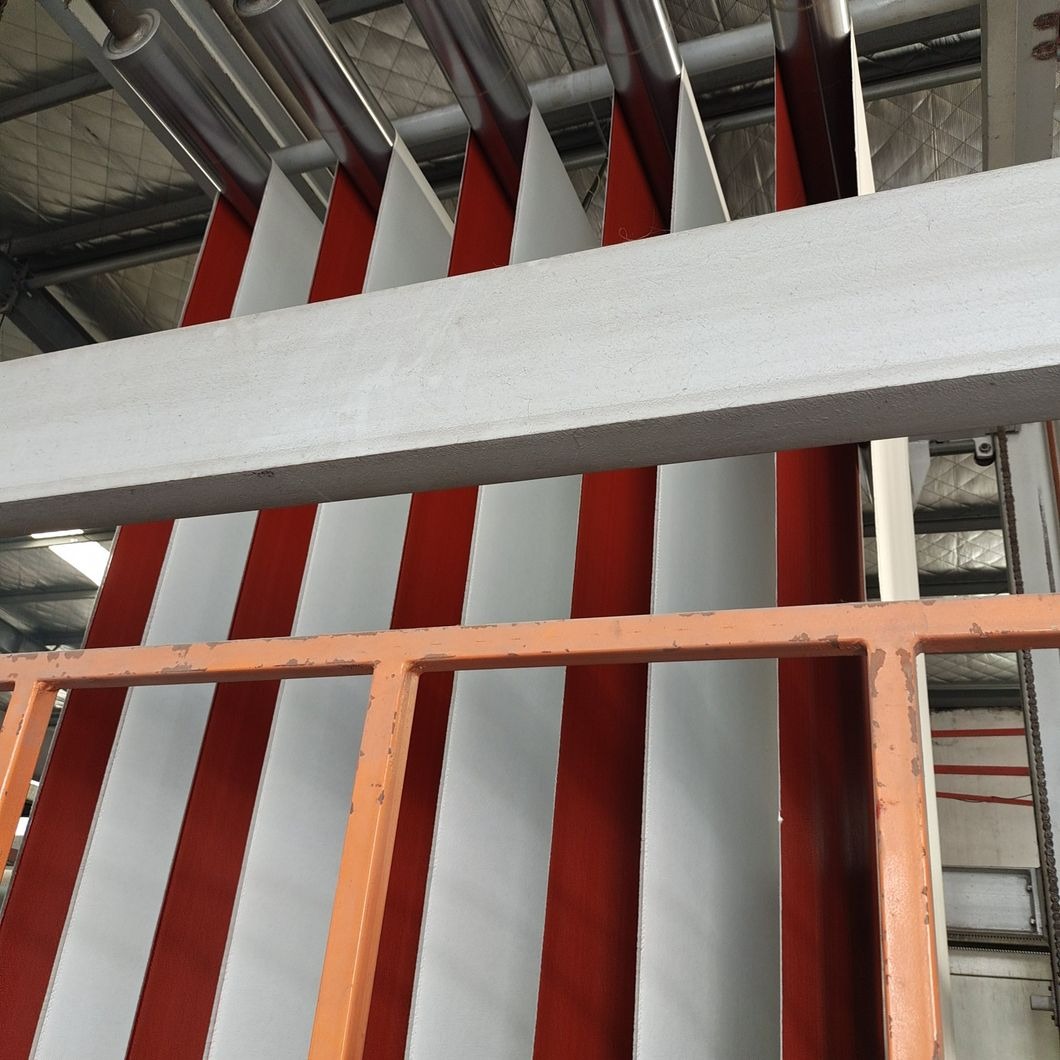Welding Blanket Armor: The Ultimate Protection for High-Heat Applications
Welding blanket armor provides superior heat and spark protection for industrial applications. This article explains its materials, benefits, proper usage, and how it outperforms traditional welding protection methods.
What Is Welding Blanket Armor?
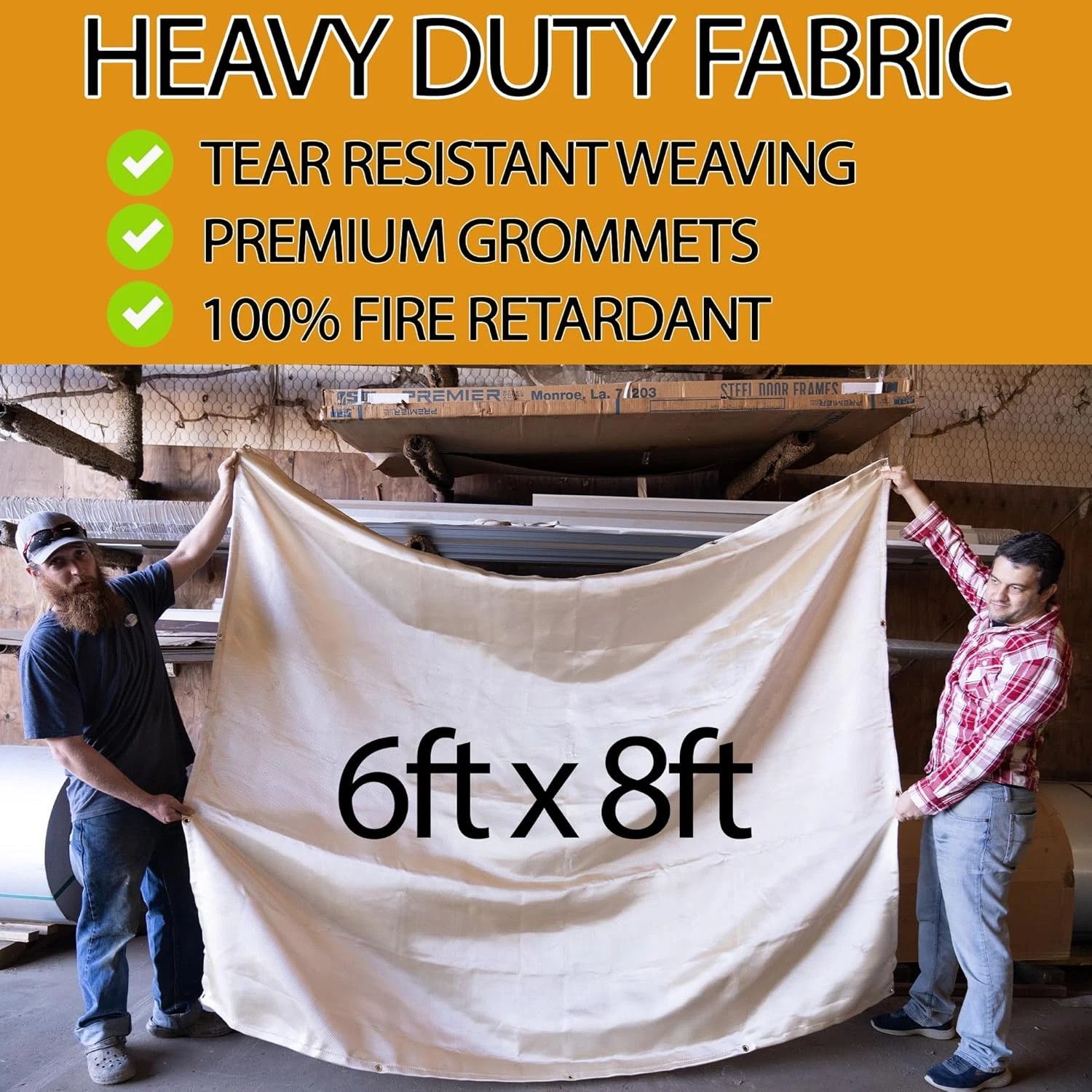
Welding blanket armor refers to specialized protective covers made from heat-resistant materials like fiberglass, silica, or ceramic fabrics. Unlike standard welding blankets, these armored versions offer enhanced durability and protection against extreme temperatures (up to 2000°F/1093°C), sparks, and molten metal splatter.
Key Benefits of Using Welding Blanket Armor
1. Superior Heat Resistance:The multilayer construction withstands direct flame contact and prolonged exposure to high temperatures without degrading.
2. Enhanced Durability:Reinforced stitching and abrasion-resistant surfaces prevent tears and extend service life.
3. Versatile Protection:Use it for welding, grinding, thermal insulation, or as a fire barrier in various industrial settings.
4. Safety Compliance:Meets OSHA and other safety standards for personal protection and workplace safety.
How Welding Blanket Armor Works
The armor's effectiveness comes from its unique layered construction:
- Outer Layer:Abrasion-resistant material (often fiberglass) that handles physical wear
- Middle Layer:Heat-reflective barrier (typically aluminum coating) that deflects radiant heat
- Inner Layer:Insulating material that absorbs and dissipates heat slowly
This combination creates a thermal barrier that protects both workers and nearby equipment from heat damage.
Choosing the Right Welding Blanket Armor
Consider these factors when selecting welding blanket armor:
Temperature Rating:Match the maximum temperature rating to your specific applications. Standard options range from 1000°F to 2000°F.
Size and Weight:Larger blankets cover more area but may be harder to handle. Thicker materials offer better protection but reduce flexibility.
Material Composition:Fiberglass is common, but silica or ceramic options provide higher temperature resistance.
Attachment Options:Look for grommets, hooks, or Velcro strips for secure positioning.
Proper Use and Maintenance
To maximize the effectiveness and lifespan of your welding blanket armor:
1. Always inspect for damage before use - replace if you find holes or excessive wear.
2. Position the blanket to fully cover vulnerable areas, overlapping sections when needed.
3. Secure properly to prevent displacement during work.
4. Clean regularly by shaking off debris or using compressed air (never wash fiberglass blankets).
5. Store flat or rolled in a dry, clean area away from direct sunlight when not in use.
Applications Beyond Welding
While designed for welding, these armored blankets serve multiple purposes:
- Foundry Work:Protecting floors and equipment from molten metal spills
- Fire Protection:Creating temporary fire barriers in construction
- Automotive:Shielding sensitive components during exhaust work
- Industrial Maintenance:Insulating pipes and valves during repairs
Welding Blanket Armor vs. Traditional Alternatives
Compared to standard welding blankets or makeshift solutions like asbestos mats, welding blanket armor offers:
- 3-5 times longer service life
- Better protection against direct flame contact
- Higher temperature thresholds
- More consistent performance over time
- Safer materials (asbestos-free)
Safety Considerations
While welding blanket armor significantly improves safety, remember:
- It doesn't replace proper PPE (always wear gloves, helmets, and protective clothing)
- Never use damaged blankets - replace them immediately
- Allow proper cooling time before handling after use
- Keep away from open flames when not in use as some materials can burn eventually
Investing in Quality Protection
High-quality welding blanket armor might cost more initially but pays off through:
- Reduced replacement frequency
- Better protection of expensive equipment
- Lower risk of workplace accidents
- Compliance with safety regulations
Look for reputable manufacturers that provide detailed specifications and temperature ratings for their products.


